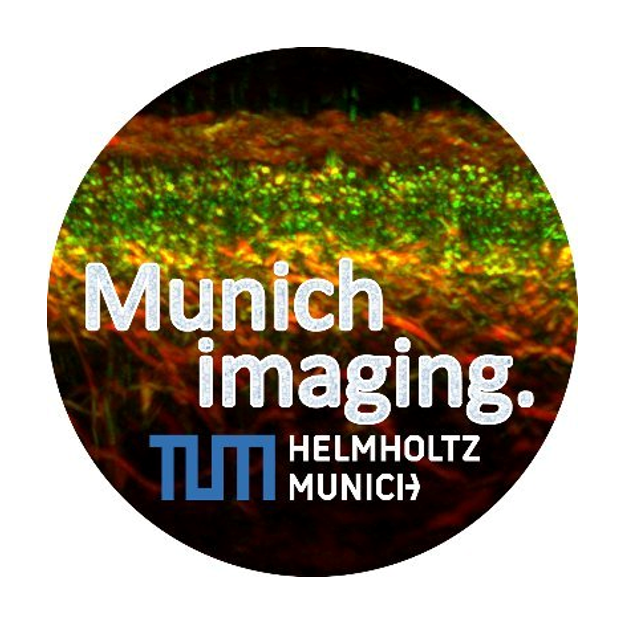Photo-switchable proteins
Photo-switchable proteins are a special class of chromophore bearing proteins prominently found among the green fluorescent protein (GFP)-like proteins and among Bacteriophytochromes (BphPs). The proteins show the remarkable ability to modulate their photophysical properties by light. I.e., photoswitching proteins which can be reversibly switched between an on-state (e.g. fluorescence emission) and an off-state by light of distinct wavelengths. Beyond the immediate use of photoswitching proteins in cutting edge imaging they show a fascinating – almost haptic – link between structural changes and photophysical characteristics.
Those proteins were already crucial to many concepts (primarily RESOLFT-style) in super resolution fluorescence microscopy (Nobel prize, 2014). In fluorescence super-resolution, the switching allows to spatially modulate the fluorescence to achieve sub-diffraction emission spots. Another use of photoswitching is to temporally modulate signal patterns. For fluorescence this has been explored as a contrast enhancement method but it found only limited application due to the generally good initial contrast-to-noise ratio in the samples. Hence, I directed my interest to an aspiring imaging modality from the bio-medical field that suffers from poor contrast for targeted labels: Optoacoustic imaging (also termed Photoacoustic). Optoacoustic combines optical excitation with acoustic detection and thus enables high-resolution deep tissue imaging in vivo. Due to the strong natural contrast of blood hemoglobin, the method is mainly applied to visualize the vasculature and its pathophysiological changes, for example, as a biomarker for tumor development. The strong signal from tissue chromophores allows label free anatomy and physiology imaging but precludes the detection of targeted chromophores. This prevents the use of optoacoustic imaging for most life-science research questions using targeted (genetically encoded) reporters and sensors. The major breakthrough came by our (and others) employment of photoswitching to modulate the reporter signal to separate it from the non-modulating background of tissue chromophores – making the background virtually invisible. This boosts the signal to noise ratios and thus photoswitching reporters enable the visualization of small cell numbers necessary to follow biomedical phenomena in whole life animals as for example the functioning of the immune system. Our future work will focus on bringing this technology towards routine application based on protein engineering photoswitching reporters for optoacoustic as well as, together with Vasilis Ntziachristos group, developing dedicated instrumentation. Eventually this will provide whole animal imaging of genetically encoded reporters with cellular resolution; surpassing established methods like bioluminescence and whole-animal-fluorescence in resolution and intravital microscopy in field-of-view and penetration depth.


Further reading:
- Mishra K, Stankevych M, Fuenzalida-Werner JP, Grassmann S, Gujrati V, Klemm U, Buchholz VR, Ntziachristos V, Stiel AC. Multiplexed whole animal imaging with reversibly switchable optoacoustic proteins. Science Advances. 2020. 22(9):441-446.
- Stankevych M, Mishra K, Ntziachristos V, Stiel AC. A practical guide to photoswitching optoacoustics tomography. Methods Enzymol. 657:365-383.
- Mishra K, Fuenzalida-Werner JP, Ntziachristos V, Stiel AC. Photocontrollable Proteins for Optoacoustic Imaging. Anal Chem. 91(9):5470-5477.
- Vetschera P, Mishra K, Fuenzalida-Werner JP, Chmyrov A, Ntziachristos V, Stiel AC. Characterization of Reversibly Switchable Fluorescent Proteins in Optoacoustic Imaging. Anal Chem. 90(17):10527-10535.
- Stiel AC, Deán-Ben XL, Jiang Y, Ntziachristos V, Razansky D, Westmeyer GG. High-contrast imaging of reversibly switchable fluorescent proteins via temporally unmixed multispectral optoacoustic tomography. Opt Lett. 40(3):367-70.


